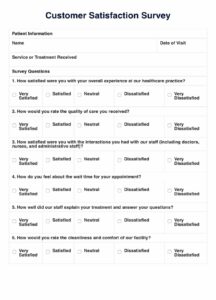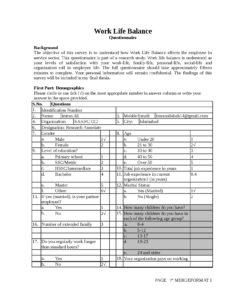The flexible working hours policy template is designed to provide employees with more control over their work schedules. It’s an increasingly popular way of working, as it offers a number of benefits for both employees and employers. For employees, it can improve work-life balance, reduce stress, and boost productivity. For employers, it can lead to increased employee engagement, reduced absenteeism, and improved customer service.
There are a number of different ways to implement a flexible working hours policy. The most common approach is to allow employees to choose their own start and end times, within certain limits. Other options include allowing employees to work from home, or to take breaks throughout the day. Regardless of the approach you choose, it’s important to ensure that your policy is clear, concise, and easy to understand.
Benefits of a Flexible Working Hours Policy
For Employees
There are a number of benefits that a flexible working hours policy can offer employees, including:
- Improved work-life balance: Employees can better balance their work and personal lives, as they have more control over their schedules. This can be especially beneficial for employees with family or other commitments outside of work
- Reduced stress: Flexible working hours can help to reduce stress levels, as employees are able to work in a way that suits them best. This can lead to improved mental and physical health
- Increased productivity: Employees who are happy and motivated are more likely to be productive. Flexible working hours can help to create a more positive and productive work environment
For Employers
There are also a number of benefits that a flexible working hours policy can offer employers, including:
- Increased employee engagement: Employees who have more control over their work schedules are more likely to be engaged and motivated. This can lead to improved performance and productivity.
- Reduced absenteeism: Employees who are able to work in a way that suits them best are less likely to take time off sick.
- Improved customer service: Employees who are happy and motivated are more likely to provide excellent customer service. This can lead to increased customer satisfaction and loyalty.
How to Implement a Flexible Working Hours Policy
If you’re considering implementing a flexible working hours policy, there are a few things you’ll need to do.
- Get buy-in from management: The first step is to get buy-in from management. You need to convince them that a flexible working hours policy template is a good idea and that it will benefit the company.
- Develop a policy: Once you have buy-in from management, you need to develop a policy that outlines the specifics of your flexible working hours policy template. This policy should include information on who is eligible for flexible working, what options are available, and how employees can request flexible working arrangements.
- Communicate the policy to employees: Once you have developed a policy, you need to communicate it to employees. This can be done through a variety of channels, such as email, intranet, or company newsletters. You should also provide training on the policy so that employees understand how it works.
- Monitor and evaluate the policy: Once you have implemented a flexible working hours policy template, you need to monitor and evaluate it to ensure that it is working as intended. This can be done by tracking employee satisfaction, productivity, and absenteeism.
Conclusion
A flexible working hours policy can be a great way to improve employee morale, productivity, and customer service. If you’re considering implementing a flexible working hours policy template, be sure to follow the steps outlined above. With careful planning and implementation, a flexible working hours policy can be a success for your company.
The flexible working hours policy template is a valuable tool for any business that wants to implement a flexible working hours policy. It provides a clear and concise framework for developing a policy that meets the needs of both employees and the business. By following the steps outlined in this template, you can ensure that your flexible working hours policy template is a success.
FAQs
What is a flexible working hours policy?
A flexible working hours policy is a policy that allows employees to choose their own start and end times, within certain limits. Other options include allowing employees to work from home, or to take breaks throughout the day.
What are the benefits of a flexible working hours policy?
There are a number of benefits of a flexible working hours policy, including improved work-life balance, reduced stress, increased productivity, increased employee engagement, reduced absenteeism, and improved customer service.
How do I implement a flexible working hours policy?
To implement a flexible working hours policy, you need to get buy-in from management, develop a policy, communicate the policy to employees, and monitor and evaluate the policy.
Who is eligible for flexible working hours?
Eligibility for flexible working hours may vary depending on the company’s policy. In general, employees who have been with the company for a certain amount of time and who have a good performance record are eligible for flexible working hours.
What are some examples of flexible working hours arrangements?
Some examples of flexible working hours arrangements include allowing employees to choose their own start and end times, allowing employees to work from home, allowing employees to take breaks throughout the day, and allowing employees to work part-time or on a job-share basis.


